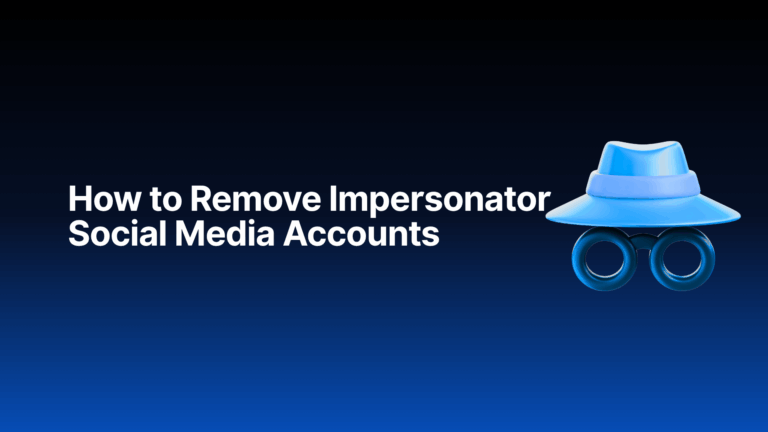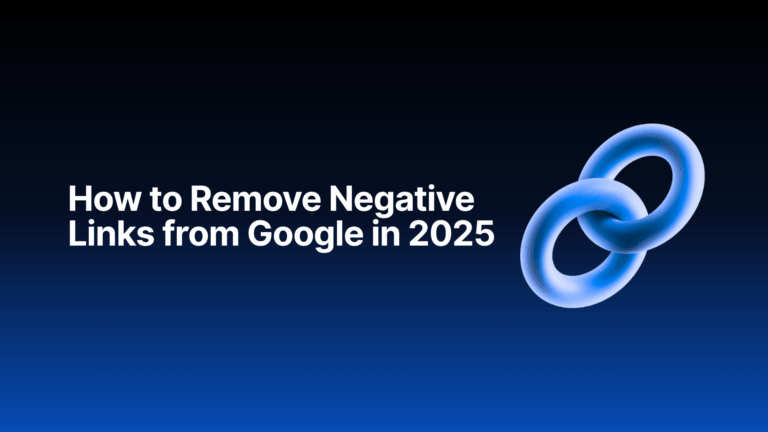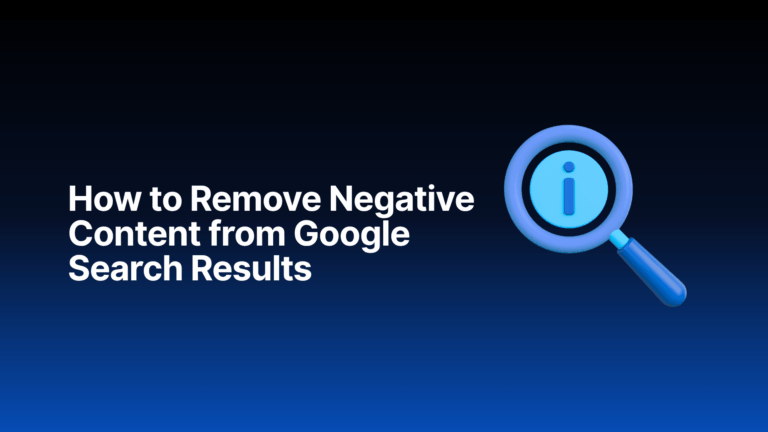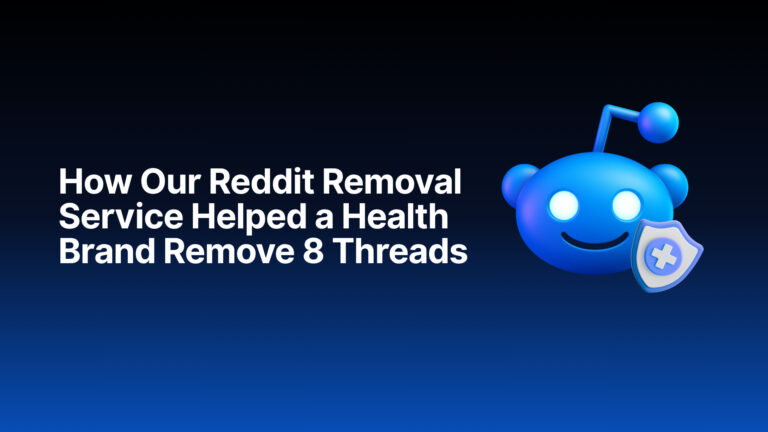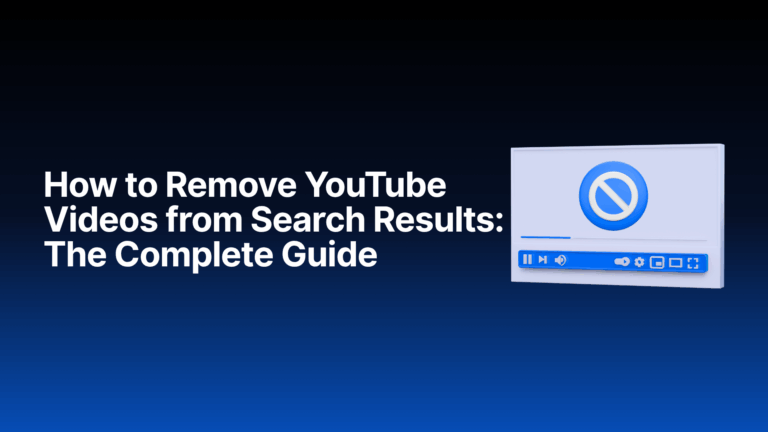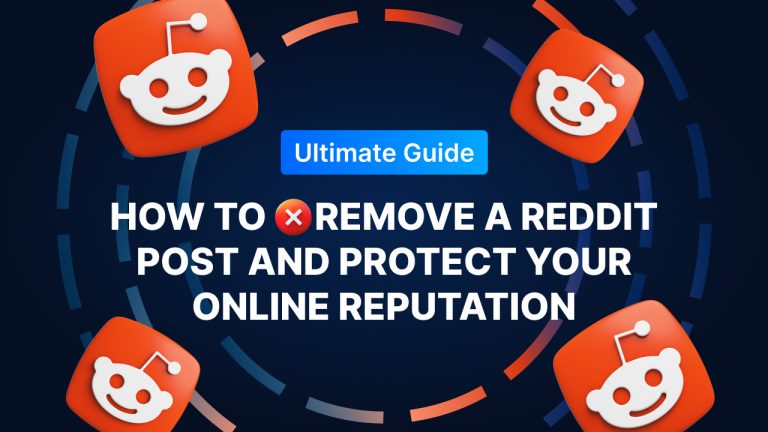Over 200 companies trust Media Removal. Get a Quote Now >
15 Ways to Remove Negative Content from the Internet in 2025
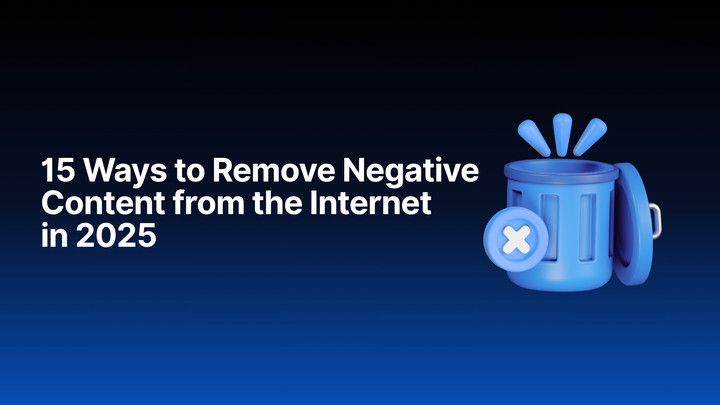
Negative content on the internet can seriously damage your personal reputation or business brand. Whether it’s defamatory articles, harmful social media posts, fake reviews, or unwanted images, knowing how to effectively remove negative content is crucial in today’s digital world.
In this guide, we’ll share 15 proven and legal ways to remove negative content from the internet in 2025. These methods range from self-help options to professional services that can protect and restore your online reputation.
Why Removing Negative Content Is Important
Negative content can severely harm your credibility and trustworthiness, affect job or business opportunities, damage personal relationships, influence customer decisions, and impact mental health and peace of mind. Understanding effective removal methods empowers you to regain control over your online presence.
15 Ways to Remove Negative Content from the Internet
1. Contact the Website Owner or Administrator
Politely request the removal or correction of false or defamatory content. Approach the website owner professionally, providing valid reasons for the request. Many website administrators are willing to cooperate when contacted respectfully.
2. Use Platform Reporting Tools
Most social media sites and review platforms offer mechanisms to flag content that violates their guidelines. Reporting violations promptly is crucial in addressing harmful content. These tools enable you to take immediate action against inappropriate material.
3. Submit Legal Removal Requests
If the content violates copyright, defamation, or privacy rights, consider submitting legal removal requests. DMCA takedown notices are applicable for copyright issues, while defamation or privacy breaches may require formal legal notices. Legal action ensures compliance with regulations and strengthens your case for removal.
4. Use Google’s Outdated Content Removal Tool
Google provides an Outdated Content Removal Tool to request the removal of cached pages or outdated links. This tool is useful when a page has been deleted or updated but still appears in search results. It helps clear irrelevant or outdated content from your search presence.
5. Remove Content by Account Deletion
If the negative content appears on accounts you control, consider deleting or deactivating those accounts. Removing an account ensures that it no longer contributes to the visibility of harmful content. This measure provides an immediate way to prevent further exposure.
6. Optimize Positive Content (Suppression)
By publishing and promoting positive content, you can push negative results lower in search rankings. Focus on creating high-quality, optimized content that resonates with your audience. Over time, positive content will help suppress negative results, improving your online presence.
7. Use Reputation Management Services
Reputation management companies can assist with removing and suppressing negative content legally and effectively. These services handle complex cases that may involve legal action or challenging platforms. They provide expert strategies for protecting your online reputation long-term.
Need Negative Content Removed?
Struggling to suppress negative content or unsure where to start? Our team at Media Removal specializes in removing and suppressing harmful online material to protect your personal and professional image.
8. Employ SEO Strategies
Invest in strong SEO strategies to build profiles and websites that outrank negative content. By focusing on targeted keywords and improving website authority, you can push down harmful search results. Proper SEO practices help ensure that positive content dominates search rankings.
9. Engage Legal Counsel
For serious cases involving defamation or other harmful content, legal counsel can help. Lawyers can send cease-and-desist letters to the parties responsible for the negative content. In some cases, legal counsel may also pursue defamation claims to mitigate further damage.
10. File Complaints to Regulatory Authorities
If the content violates regulations or laws, filing complaints with relevant agencies like the FTC is an option. Regulatory bodies can investigate violations that affect your reputation or personal rights. Reporting such content to authorities may also lead to legal action against the violators.
11. Use Privacy Rights Under Laws like GDPR
Under privacy laws such as GDPR, you have the right to request data removal or correction. If personal information is exposed inappropriately, you can invoke these laws to protect your privacy. Privacy regulations provide a legal framework for addressing online violations of personal data.
12. Monitor Your Online Presence Regularly
Regularly monitor your online presence using tools and alerts to detect new negative content early. Setting up alerts for your name or brand will help you stay informed about new mentions. This proactive approach allows you to respond promptly to emerging issues.
13. Respond to Negative Reviews Professionally
Responding to negative reviews in a thoughtful and professional manner can help mitigate damage. A well-crafted response shows potential customers that you care about their concerns. Often, addressing criticism openly can reduce the impact of negative feedback.
14. Utilize Social Media Controls
Adjusting privacy settings on social media and blocking harmful users is a crucial step in protecting your online presence. By limiting visibility or controlling who can interact with your profile, you can reduce the risk of negative content being shared. Managing your privacy settings allows you to maintain better control over your social media accounts.
15. Consider Online Arbitration or Mediation
In cases of disputes over negative content, online arbitration or mediation can provide a productive solution by involving neutral third parties to help resolve conflicts. Mediation offers a more amicable way to address issues outside of formal legal processes.
The Importance of Using Legal and Ethical Removal Methods
It is crucial to avoid unethical tactics such as fake DMCA takedowns, hacking, or paid fake reviews, as these approaches can backfire legally and further harm your reputation. At Media Removal, we ensure that all removal methods comply with legal guidelines and industry best practices
When to Seek Professional Help
Removing negative content can be complex and time-consuming. Professional services like Media Removal offer case evaluation and strategy development, legal takedown filings, negotiations with webmasters and platforms, and long-term reputation management. You can request a free quote to discuss your case with experts.
Frequently Asked Questions
1. What is the fastest way to remove negative content from the internet?
Contacting the site owner or using platform reporting tools usually works fastest, but legal requests may be needed for complex cases.
2. Can Google remove negative content from its search results?
Google only removes content violating laws or policies. Otherwise, it indexes publicly available content.
3. Are paid removal services legal?
Yes, as long as they use ethical and legal methods.
4. Can I remove negative content posted by someone else?
Direct removal depends on the platform and content type. Legal routes may be necessary for defamatory content.
Take Control of Your Online Reputation Today
Negative content can persist indefinitely if left unaddressed. Employ these 15 methods to reclaim your digital presence, and seek expert assistance for more challenging cases to protect and restore your online reputation.
